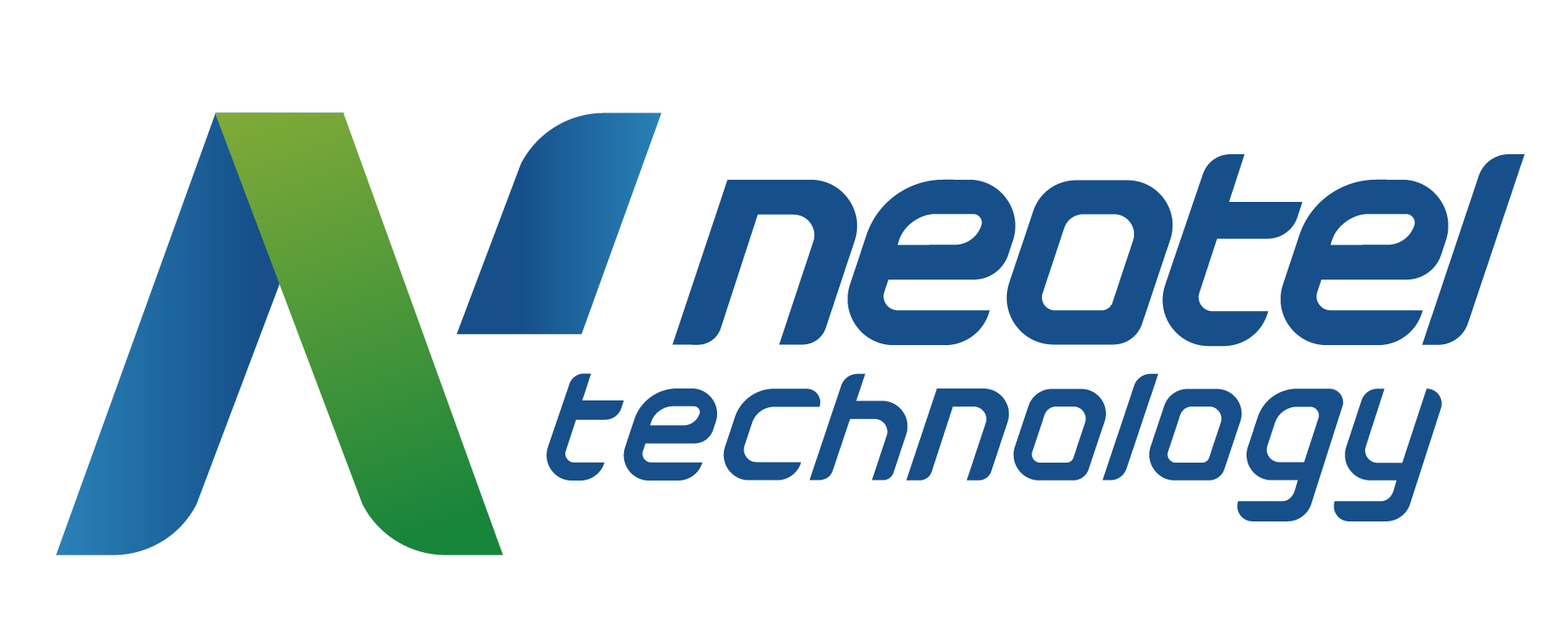What are the ISO 9000 Standards?
The ISO 9000 standards are a group of voluntary Quality Management Systems (QMS) created by the International Organization for Standardization (ISO). The standards are created and maintained by professionals from all over the world dedicated to creating efficient and continuously improving quality standards for manufacturing and other organizations.
ISO 9000 helps companies document and administer an effective QMS that spans an organization’s entire operation. This QMS enables companies to oversee their operations and ensure through detailed documentation that their company is compliant with a baseline standard of excellence.
KEY TAKEAWAYS
The ISO 9000 standards are a set of internationally recognized quality standards consisting of ISO 9000, ISO 9001, ISO 9004, and ISO 19011.
ISO 9001 is the actionable portion of the quality standards group where companies must meet specific requirements.
The other standards help companies understand key concepts, enact continuous improvement, and set guidelines for auditing.
It can take some companies up to a few years to become ISO 9001 compliant.
A Little History About the ISO
You may have seen that the acronym ISO does not match its English title “International Organization for Standardization”. This is because the acronym would change in different languages, such as OIN in French.
To standardize their name across many languages and regions, they chose to name themselves ISO which is derived from the Greek word “isos”, meaning equal. So in every language, their name is standardized as ISO.
Breaking Down the 4 ISO 9000 Standards
ISO 9000 can get a little tricky to understand. We have the coveted ISO 9001 certification but the other documents and standards provide useful information and tools for companies looking to become certified.
Perhaps a helpful way of looking at it is that ISO 9001 consists of the requirements and action items to gain certification. The other standards lay out key terminology and provide a foundation for continuous improvement and auditing procedures.
ISO 9000 currently consists of 4 QMS standards.
- ISO 9000 – Vocabulary and Concepts
This standard outlines the fundamentals of Quality Management Systems and provides a structure for the other QMS standards within the ISO 9000 standards.
Users gain a foundational understanding of key concepts, principles, and vocabulary that enables them to effectively integrate a QMS within their operation.
- ISO 9001 – QMS Requirements
ISO 9001 is the actionable portion of the ISO 9000 standards. It outlines the requirements that companies will need to comply with if they desire to become certified.
The two main requirements are:
Consistently demonstrate the ability to deliver products and services that fulfill consumer requirements while also adhering to the laws and regulatory requirements of the state.
Enhances and improves customer satisfaction through effective QMS implementation. This includes improvement of systems and verification of QMS compliance.
These criteria are designed to be general so that businesses of any size and purpose may adopt a QMS that fulfills their individual needs while still complying with ISO 9001 guidelines.
- ISO 9004 – Continuous Improvement
This standard provides guidelines for companies to achieve success over time. Or in other words, this standard is concerned with the implementation of continuous improvement that enables companies to sustain continuous growth.
It also provides a self-assessment tool that enables businesses to review their adoption of continuous improvement standards found in ISO 9004.
- ISO 19011 – Auditing
ISO 19011 stipulates the guidelines for auditing Quality Management Systems. This is useful for organizations that wish to do a self-assessment of their operations as well as those performing a third-party assessment for other companies.
The quality standard document details:
The principles of auditing;
How to manage and audit;
And how to select competent people for the audit process.
Who Are The ISO 9000 Standards For?
At first, it was specifically geared toward manufacturers. ISO 9000 series of standards were created by ISO to help manufacturers implement standardized quality systems and maintain an efficient mode of operation.
But progressively over the years, the standards have expanded outside of the manufacturing sphere, such as transportation, construction, healthcare, hospitality, and technology. Adding to this, although the concepts, terminology, and requirements are highly regulated, the quality standards themselves are somewhat dependent on the company and industry. Different industries will have a distinct understanding of the quality standards most suited for their customers and other stakeholders.
However, no matter the industry, all companies are encouraged to focus on the 7 principles of Total Quality Management. These principles are also mandated by the ISO.
Customer Focus
Leadership
Engagement of People
Process Approach
Improvement
Evidence-Based Decision-Making
Relationship Management
The Evolution and Revisions of ISO 9000
ISO 9000 series of quality standards were first published in 1987 by the ISO as a minimum standard for quality output and operational performance. They first gained popularity in Europe and then a few years later, moved to North America.
Now, the ISO draws from professionals from all over the world and is constantly evolving. Since 1987, the ISO 9000 series of quality standards has gone through a series of revisions. This is to account for modern practices and meet the evolving needs and understanding of quality across the industry. In this way, ISO 9000 is constantly keeping up to date with current practices and quality methods, essentially enacting continuous improvement on its own standards.
How Do You Get ISO 9000 Certified?
Interestingly, the ISO does not directly evaluate if companies are complying with their Quality Management Systems. Rather, businesses seeking accreditation will need to reach out to third-party companies that have authorization to audit and award companies with the certification.
Companies seeking to become certified need to first implement the recommendations within ISO 9000. Once this is done, the company would then need an audit to evaluate and confirm its compliance with the standards. This can be done internally or by an external company. However, only an authorized external company can issue the certification.
Although the ISO does not perform the certification themselves, their website gives extensive information about selecting a certification body.


